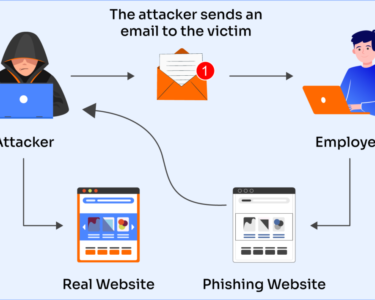Digital Security in the IoT Era
The Internet of Things (IoT) is rapidly expanding, with an estimated 25 billion devices connected by 2021. This explosive growth presents a significant challenge for digital security.
IoT devices are often resource-constrained and have limited security features, making them vulnerable to attack. Additionally, the vast number of IoT devices creates a large attack surface for hackers to exploit.
The consequences of an IoT security breach can be devastating. Hackers can steal sensitive data, disrupt critical infrastructure, or even cause physical harm. For example, a cyberattack on a medical device could lead to patient injury or death.
To ensure the security of IoT devices and data, it is essential to implement a comprehensive security strategy that includes the following elements:
- Device security: IoT devices should be designed with security in mind, including features such as secure boot, encryption, and authentication.
- Network security: The network infrastructure that connects IoT devices should be secure, with measures such as firewalls, intrusion detection systems, and access control lists.
- Data security: The data collected by IoT devices should be protected from unauthorized access, use, or disclosure. This can be achieved through encryption, tokenization, and anonymization.
- Physical security: IoT devices should be physically protected from unauthorized access, such as by being locked in a secure location or tamper-proof.
- Incident response: Organizations need to have a plan in place for responding to IoT security incidents. This plan should include steps for identifying, containing, and mitigating the impact of an attack.
The digital security of IoT devices is essential for protecting our privacy, our safety, and our critical infrastructure. By implementing a comprehensive security strategy, organizations can help to ensure that the IoT is safe and secure for all.
Here are some additional tips for improving digital security in the IoT era:
- Use strong passwords: Choose strong passwords for all of your IoT devices and accounts. Avoid using common words or phrases, and make sure your passwords are at least 12 characters long.
- Keep your software up to date: Software updates often include security patches that can protect your devices from vulnerabilities. Make sure to keep your software up to date, including the firmware on your IoT devices.
- Be careful about what you share: Don’t share sensitive information over unsecure networks or with untrusted individuals. Be especially careful about sharing personal information, such as your address or phone number.
- Be aware of the risks: Be aware of the risks associated with using IoT devices. Make sure you understand the security features of your devices and how to use them safely.
By following these tips, you can help to protect your privacy and security in the IoT era.



